Thousands of randy toads are killed on our roads as they search for partners during the spring breeding season.
But thanks to groups of volunteer toad patrollers across Perthshire, many of the creatures are being saved from a grisly fate.
These heroes give up their free time to head out at night in their mission to help toads safely on their journey.
Sporting high visibility waistcoats, and armed with torches, buckets, nets and gloves, they pick up any amorous amphibians they find.
They then take them to the other side of the road – and, if possible, they leave them at the water’s edge.
Toads migrate to ancestral breeding grounds
Blairgowrie-based environmental science student Jenna Muir started toad patrolling with the charity Froglife four years ago.
“Each year, in early spring, toads migrate en-masse to their ancestral breeding grounds,” she tells me.
“Unlike frogs and newts, toads are far more particular where they choose to mate and spawn – it has to be where they were born.
“Using the Earth’s magnetic field for navigation, toads follow the same route to these ponds and wetlands every year.
“Sadly, 21st Century infrastructure now poses a real threat to their numbers.”
How badly are toads in decline?
Toad numbers have decreased by around 68% over the last 30 years.
This is mainly due to habitat loss through development and busy roads.
“Toads are slow moving, so when they embark in their numbers, it only takes one or two cars to wipe out a large portion of them,” explains Jenna.
“We want to ensure as many of them as possible make it to spawn.”
Along with fellow volunteer Jean Oudney and Sean Earnshaw, Jenna manages four toad patrol sites across Perthshire.
These are at Rae Loch and Palace Road near Blairgowrie, Bridge of Cally, and Tullybaccart.
They chose these sites because of the high numbers of toads seen crossing there.
Toad patrol – what is it?
So what exactly does a night of patrolling involve?
Jenna, who also works for Perthshire Wildlife as an eco tour guide, says volunteers walk the stretch of road the creatures cross several times, picking up any live ones.
They put them gently into buckets, counting them and putting them at the water’s edge and well away from the road. They also count the dead ones.
Toads tend to start moving around at dusk, and will continue into the night, depending on how cold it gets.
Volunteers need only patrol during the first part of the evening when there’s a high likelihood of them encountering traffic.
“Amphibians are primarily nocturnal,” says Jenna.
“You’ll get a lot of activity on nights that are above five degrees and wet.”
Drains and gutters pose a threat
Another issue that volunteers are tackling is amphibians and insects falling into drains and gutters.
They then die either through drowning or starvation.
“Even though frogs and toads spend time in water, the exhaustion is too much as there is nothing in these drains to sit on, out of the water,” Jenna explains.
“This is why we take nets on patrols. It means we can check drains and rescue any that are stuck.”
And then there’s the toad ladder – an amazing invention!
These are fitted across drains and gutters, allowing amphibians to climb out.
The organisation at the heart of efforts to conserve native amphibians – and reptiles – is Froglife
In 2024, the charity saved almost 135,000 toads at 247 locations across the UK.
Why YOU should volunteer
Volunteer toad patrollers come from all backgrounds.
There are young families, retirees, wildlife enthusiasts and conservationists, and those who just want to get out and make a difference to their environment.
Fancy getting involved? You’re sure to be inspired by comments from Perthshire volunteers, who find the role hugely rewarding.
Kit-Ling Ferguson, of the Rae Loch team, says: “There’s something special about heading out on cool evenings, flashlight in hand, gently picking up wee toads and frogs, and helping them cross safely.
“It’s a mix of adventure, purpose, and just a little bit of magic – knowing you’re giving these tiny travellers a fighting chance.
“Plus, it’s a great excuse to get outside and connect with nature. Every toad saved is a small victory.”
How you could save a life
Danielle Morgan of the Tullibaccart team adds: “At the end of a shift I’m always astonished and humbled to think, ‘I saved a life tonight’.”
Mandy Chinn, also of the Tullibaccart team, says patrolling leaves her with a “feelgood sensation”.
“Last year we had a night where eight of us saved more than 700 frogs, toads and the occasional newt from the road at Tullybaccart.
“For two and a half hours, we scooped and released amorous toads and frogs, settling them well into the verge to continue with their journey.”
And Jean Oudney, the Rae Loch team manager, says while it’s awful to see “poor squashed bodies lying on the road”, it’s rewarding to be able to save some.
“I’ve been doing it for 13 years. It would be great to save more lives by setting up more toad patrols at crossing sites across the area.”
Follow the Green Cross Toad
In the UK, the common toad is a priority species, which means it’s considered a species of conservation concern due to its decline in populations.
They’re also an ‘indicator species’ – their presence gives clues about the health of an ecosystem.
So how do you become a toad patroller?
Just check out your nearest toad crossing on the Froglife website, and register your interest.
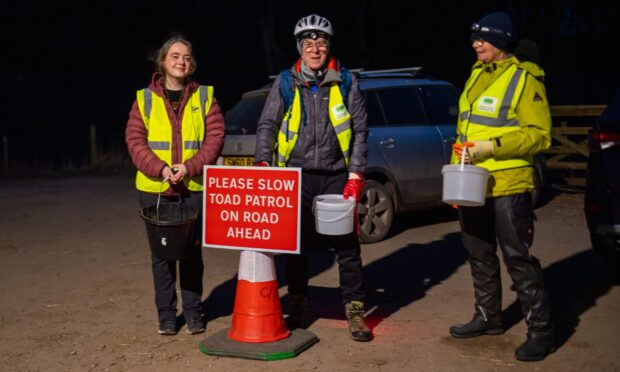










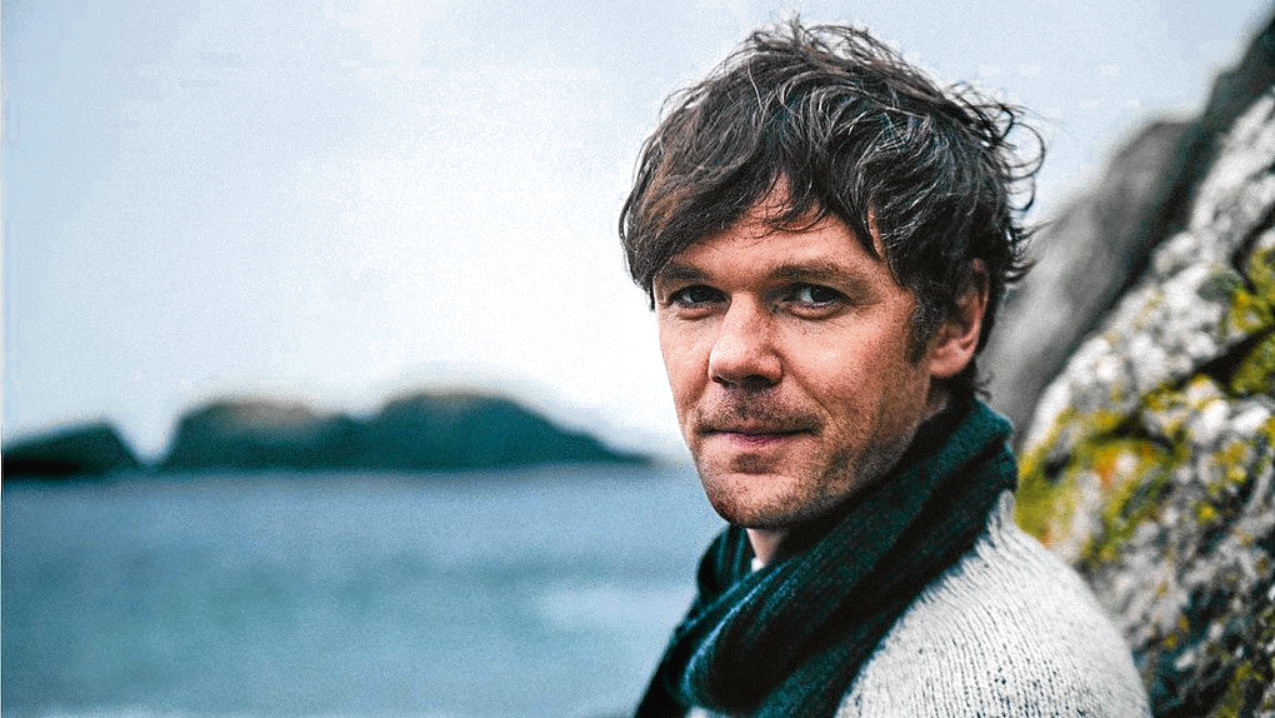
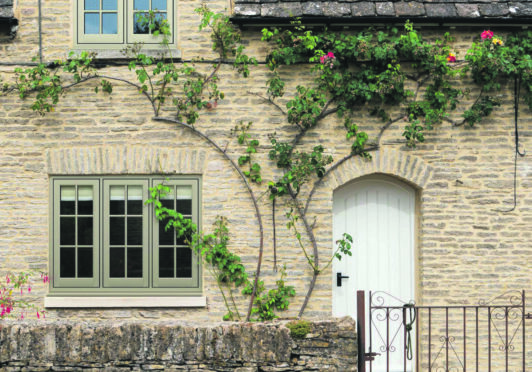
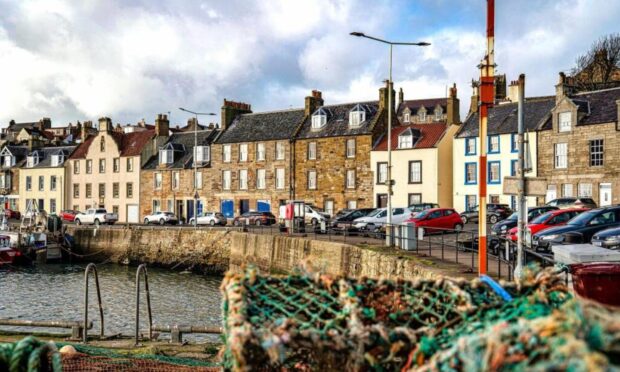



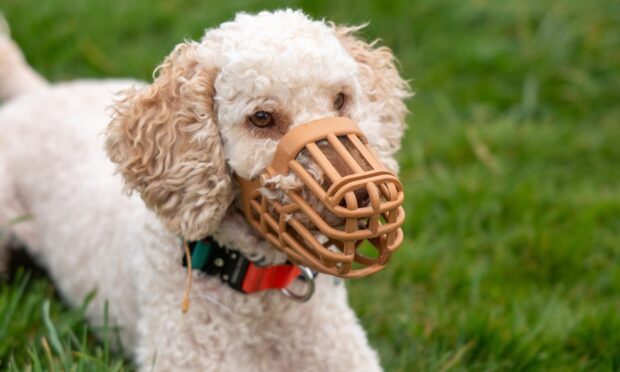

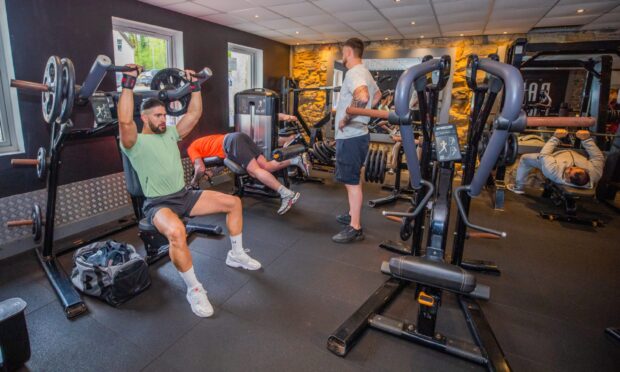
Conversation